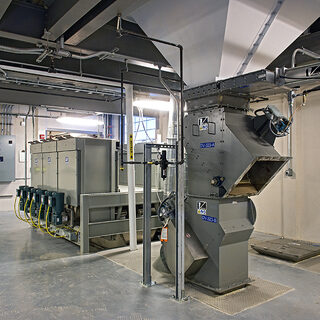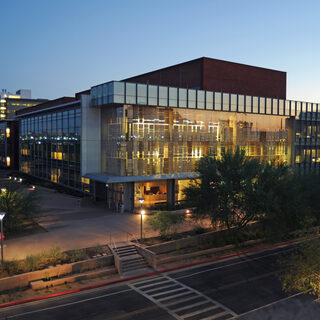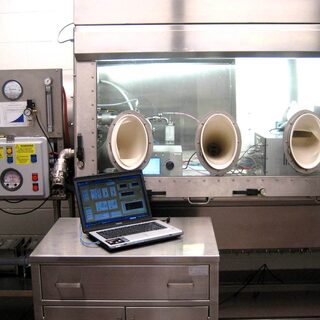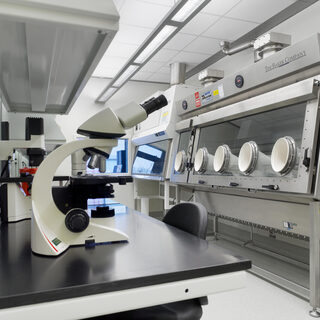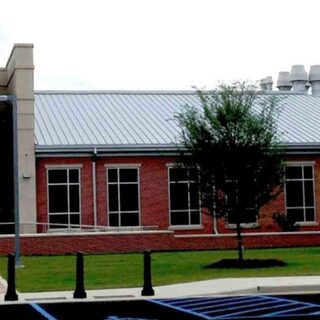USAMRIID Completes BSL-4 Study Under GLP Conditions
Researchers at the U.S. Army Medical Research Institute of Infectious Diseases (USAMRIID) have completed a study of a therapeutic candidate for the Marburg virus in a BSL-4 research facility in Fort Belvoir, Va. The study was conducted entirely under Good Laboratory Practices (GLP) conditions, setting a precedent for GLP testing of medical products for BSL-4 pathogens. This may facilitate rapid evaluation and licensing by the Food and Drug Administration (FDA).


